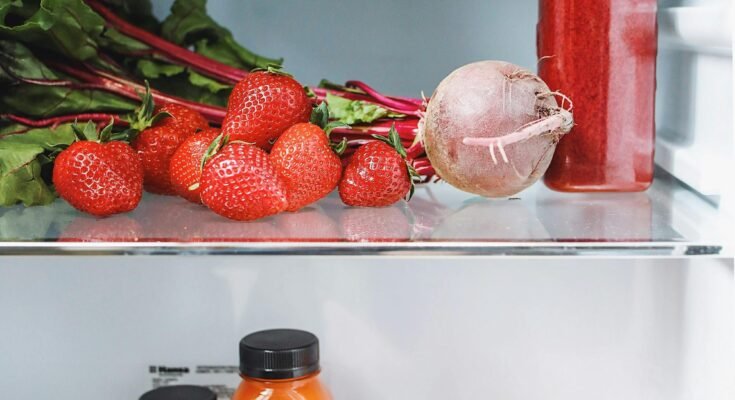Preservation Without a Fridge Age-Old Food-Storage Methods refrigerators is the mainstay of the modern kitchen. However, it is also possible to preserve food without a refrigerator, whether you live off the grid, are experiencing a power outage, or just want to lessen energy consumption. By this method, your food can become fresh again while there is no wastage whatsoever. Here are time-tested, practical methods of keeping food without refrigeration.
1. Canning: The Ultimate Preservation Technique
Preservation Without a Fridge Canning is a tried-and-tested method developed hundreds of years ago. It involves putting food into jars, sealing them, and heating so that bacteria will be destroyed and spoiled food is avoided. It is quite effective when applied to fruits, vegetables, and even meats. Here’s how:
- Sterilize jars: Always begin with clean and sterilized jars to avoid contaminating the contents.
- Use the right techniques: There are two methods-water bath canning for high-acid foods (such as fruits, tomatoes, and pickles) and pressure canning for low-acid foods (such as vegetables, meats, and soups).
- Seal tightly: Make sure the jars are well sealed so that they form an airtight environment.
If stored in a cool, dry place, canned goods can last many months, if not longer.

2. Drying-food: Desiccation-Aid against Formation of Mould and Other Bacteria
Preservation Without a Fridge Drying food is another excellent way to preserve food without refrigeration. Dried food will last for months, even years, because moisture is removed, which bacteria and mold need to grow.
- Air-drying: With the often more fragrant herbs and some fruit, air drying is all that is needed, on a cool dry ventilated line when hung.
- Dehydrators: You may also use a food dehydrator to get consistent results. Great for vegies, meats (jerky), and fruit.
- Oven-dry: For drying quickly, try your low oven.
Dried foods are kept safely if placed in an airtight container in a cool dry place and are rehydrated with water when you’re ready to use them.

3. Fermentation: Changing Food with Good Bacteria
Preservation Without a Fridge Food fermentation has been the premium way to preserve food for a few hundred years. Sauerkraut comes from cabbage, while pickles originate from cucumbers; yogurt and kefir come from dairy.
- Lactic acid fermentation involves naturally occurring bacteria converting sugars to lactic acid and is used for preservation.
- Preservation with salt: Adding salt to vegetables and fruits draws moisture out and promotes fermentation in the resulting brine.
Both methods are versatile, one being the probiotic aiding digestion by the fermented foods, which are thus both practical and nurturing.

4. Pickling: Preserving with vinegar or brine
Preservation Without a Fridge Pickling is a very common way of preserving various foods, from vegetables to fruits. You need to create an acidic environment with vinegar, salt, or sugar solutions to keep bacterial growth at bay.
- Vinegar pickling: These pickles are great for cucumbers, onions, garlic, and peppers. Just soak the food in vinegar, water, and salt, and then seal it in jars.
- Brine pickling: This process uses saltwater and takes a little longer than vinegar pickling but works for a variety of vegetables.
Pickled foods can last for weeks and months if they are kept at cool and dry conditions.

5. Root Cellaring: Storing Food in the Earth
Preservation Without a Fridge Root cellaring is one of the age-old forms of food preservation; it uses the earth’s natural cool temperature to store food. Some vegetables that thrive there are potatoes, carrots, onions, and apples.
- Choose the right location: A cool, dark, and dry spot with good ventilation will do, such as a basement, cellar, or even a buried container.
- Prepare the produce: Clean dirt off, but do not wash vegetables (moisture causes decay).
In cooler climates, root cellars can allow produce to remain fresh for months by keeping the right temperature and humidity levels.
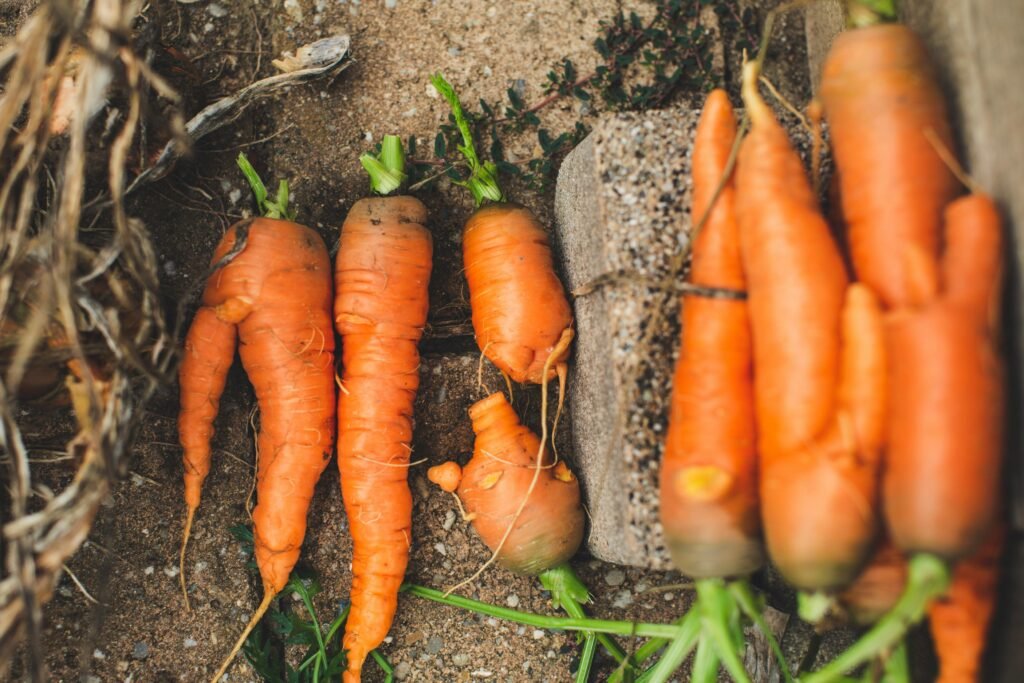
6. Salting and Curing: Preserving Meat in the Old-Fashioned Way
Preservation Without a Fridge Salting is among the oldest ways to preserve meat and fish. This technique involves removing moisture from food and, thus, making it deadly for bacteria.
- Dry salting: Salting the meat or fish and leaving it for few hours or overnight, then keeping it cool and dry.
- Curing: Used often for bacon or ham, curing is rubbing the meat with a cure of salt, sugar, and nitrates.
Cured meats should stay good for several weeks, provided they are kept in other cool, dry conditions.
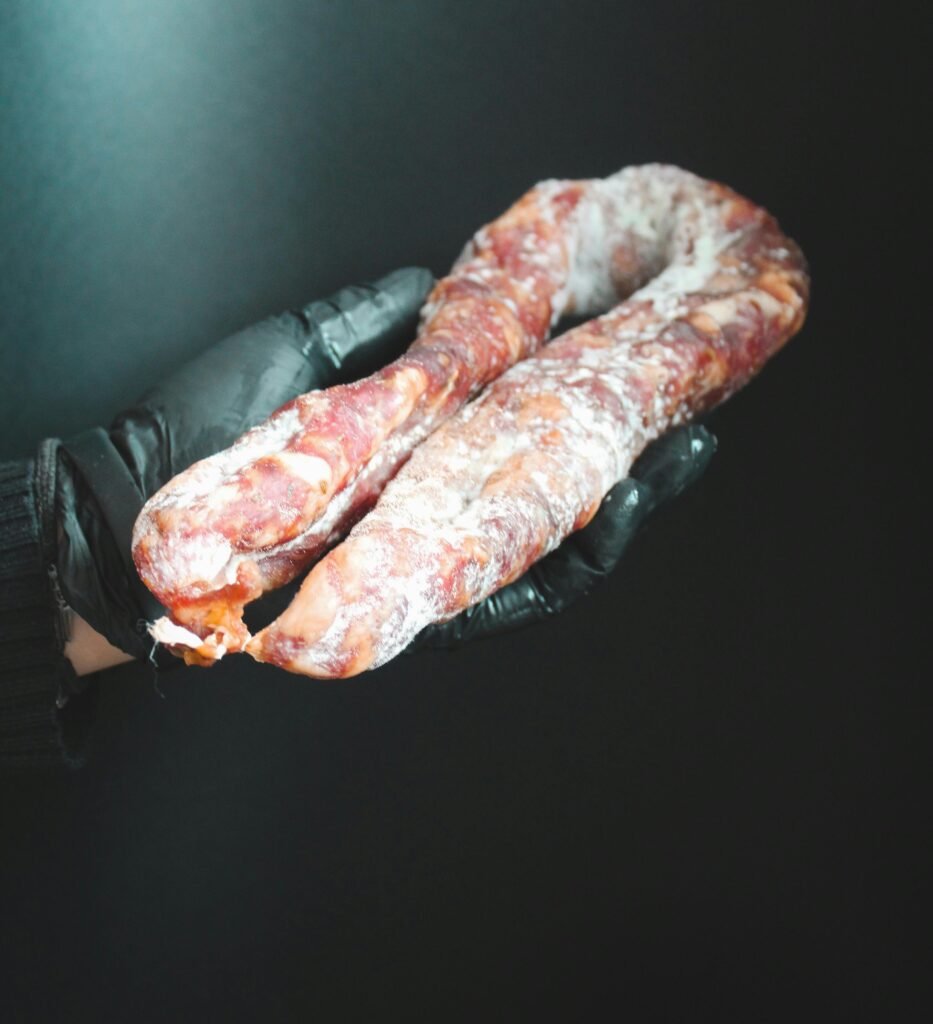
7. Ice and Cooler Storage
Preservation Without a Fridge Though not the best way for long-term preservation, ice and coolers can keep food fresh without a fridge for a limited time. Ice is great if you live in a cold climate. That way, one can store perishable items in a cooler and keep them from going bad. Just ensure ice is refilled and the cooler remains airtight.
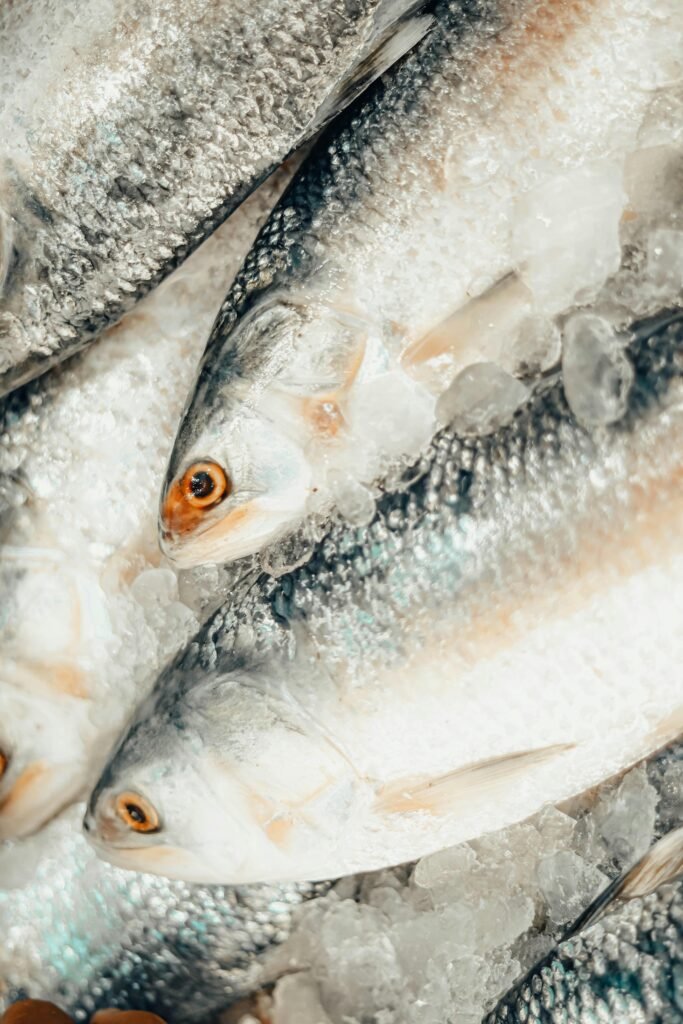
8. Storage with Natural Oils or Fat
Preservation Without a Fridge For items such as cheese, vegetables, or even meats, keeping them immersed in oil or fat helps extend their shelf life. Olive oil, for example, is among the best for preserving needed tomato, herbs, and even some meats.
- Cheese preservation: Some cheeses, such as feta, are often packed in oil to keep them longer fresh.
- Vegetables: Immersion in oil or lard creates a protective layer, ensuring that bacteria and mold never form.

9. Sugar Preservation: Create Sweet Treats that Last
Preservation Without a Fridge Sugar draws moisture out of the fruits and vegetables and acts as a natural preservative. If you are making jams, jellies, or marmalades with a lot of sugar, these foods can be enjoyed sweetly for a long time.
- Jam-making: Combine crushed fruit with sugar; cook till thick and then jar in sterilized jars.
- Candied fruit: This kind of preservation involves a dip in sugar syrup or sugar coating.
Why Does My Food Taste Like ‘Fridge,’ and How Can I Fix It?
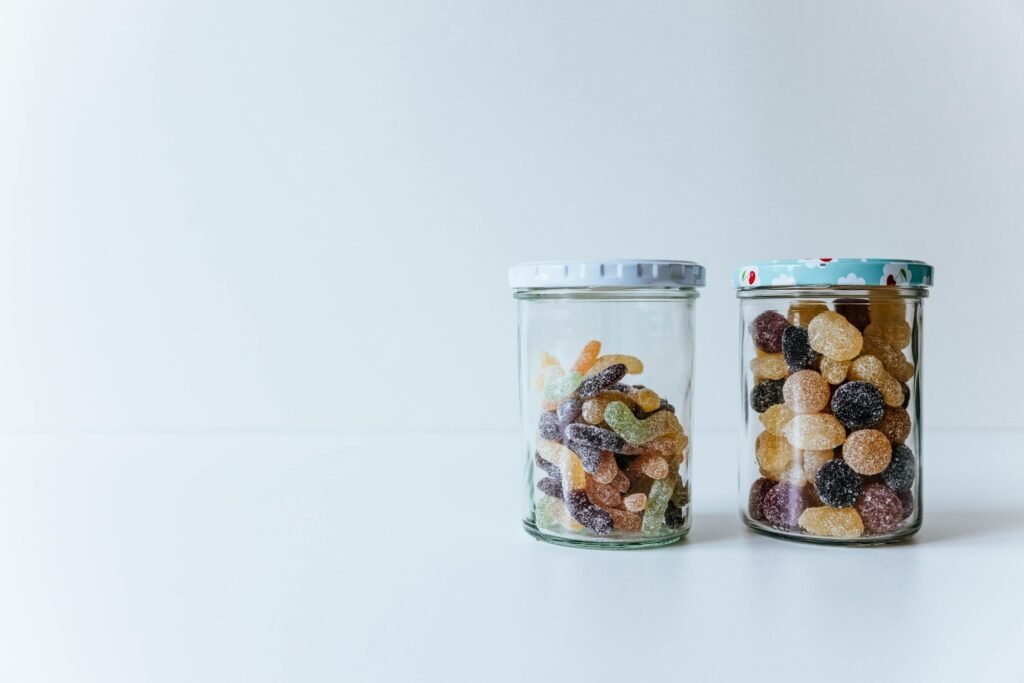
Conclusion
Preservation Without a Fridge Facing food preservation without a refrigerator might sound daunting, but these tested techniques can let you enjoy fresh and nutritious food all year round without relying on modern refrigeration technologies. Be it canning, drying, pickling, fermentation, or any of these food-preservation methods, one finds themselves competent to handle all their food-storage needs the natural and sustainable way. Happy preserving!
